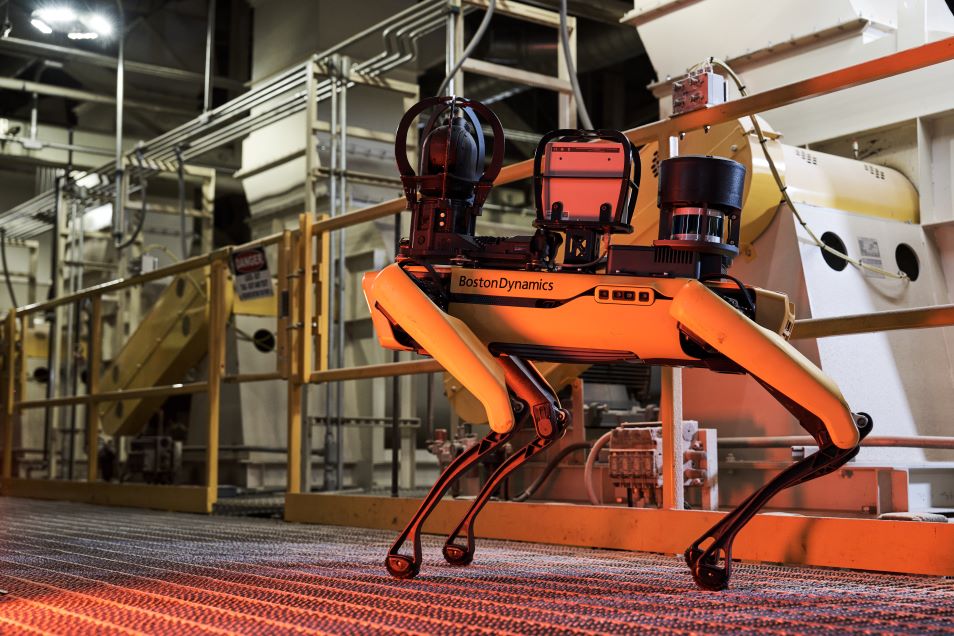Boston Dynamics says the future workforce is at risk — and its robots could be the solution
Boston Dynamics' robots have been used in nuclear decommissioning and for public safety

As global birthrates decline, Boston Dynamics (HYMTF) has proposed a solution that aligns remarkably well with its business model: robots.
Suggested Reading
“We don’t have enough people to do the work of the future,” Brendan Schulman, vice president of policy and government relations at Boston Dynamics, said during a talk at the AI Summit New York.
Related Content
In June, the Organization for Economic Co-operation and Development (OECD) found that the total fertility rate across its member countries fell to 1.5 children per woman in 2022 from 3.3 children per woman in 1960. Meanwhile, in the U.S., the general fertility rate fell by 3% to a historic low, according to the Centers for Disease Control and Prevention.
Boston Dynamics’ robots are already being used to replace humans in dangerous and difficult jobs, such as those on construction sites and in warehouses.
The company’s four-legged” robot, Spot, has been used by decommissioning crews at the Fukushima Daiichi nuclear plant to collect data and measure radiation at the site and by the St. Petersburg Police Department in a hostage situation.
Spot, which was released five years ago, is now able to train itself with reinforcement learning, Schulman said, demonstrating the robot’s ability to “learn” how to walk across a slippery surface.
However, Schulman said that a challenge to rolling out robots is that robots have mostly been portrayed in fiction as harmful to humans. Boston Dynamics is “working on educating the public and preventing actual harm,” Schulman said. One way is through design that doesn’t impact its capabilities, such as programming a bounce in Spot’s walk to make it more approachable.
In April, Boston Dynamics introduced its fully electric humanoid, Atlas, saying it’s “designed for real-world applications.” Compared to previous generations of robots, including the hydraulic Atlas, the electric version “will be stronger, with a broader range of motion,” the company said.